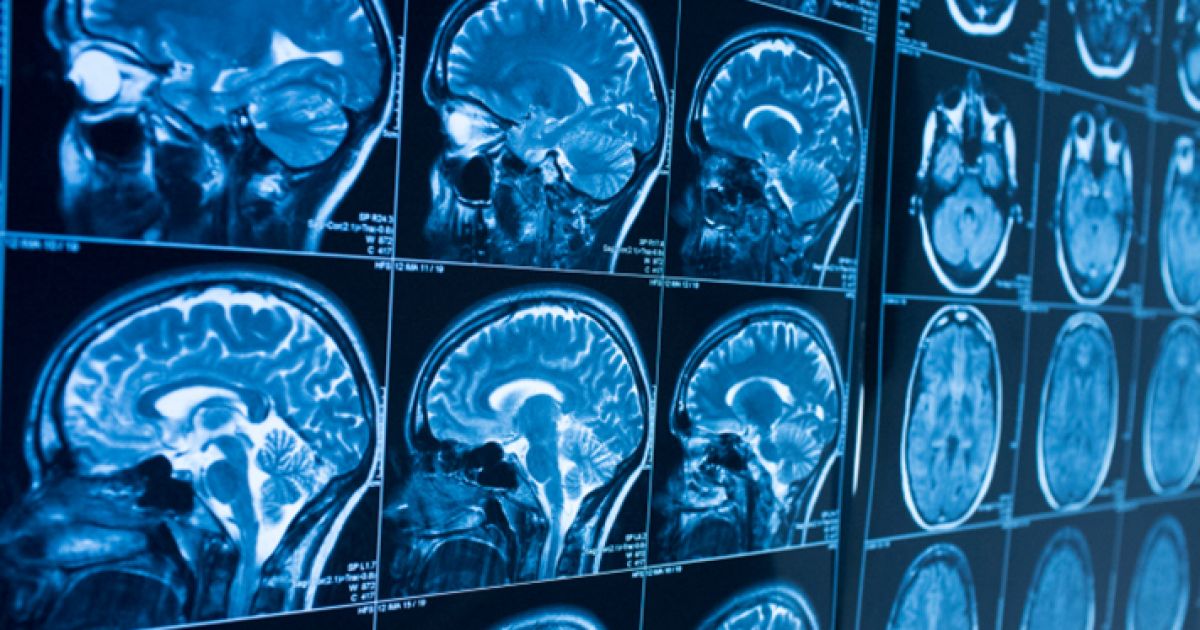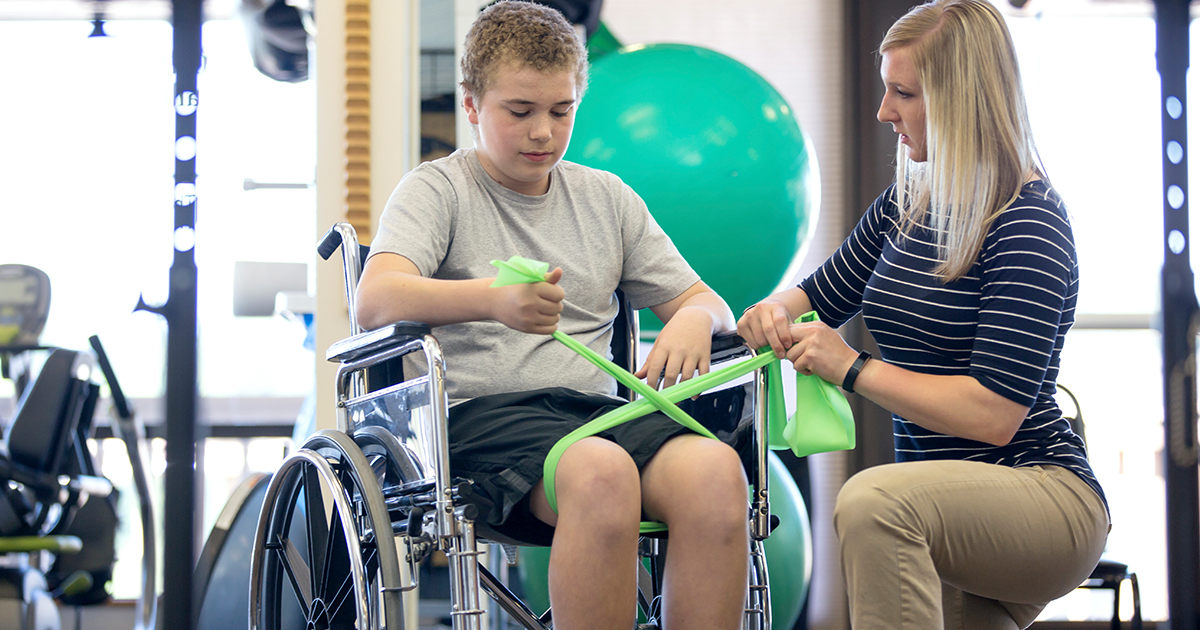Conditions That Can Cause Hypotonia (Low Muscle Tone)
Hypotonia is the medical term used to describe an individual who has decreased muscle tone. Muscle tone describes the specific amount of stiffness and tension the muscles retain at all times that can be felt as a counteraction to movement. Healthy individuals have muscles that always have a certain amount of muscle tone and that do not ever fully relax. Hypotonia occurs when this muscle tone decreases and the muscles remain too relaxed. Hypotonia can be confused with muscle weakness as the conditions are associated with each other, but they are not the same. Symptoms that commonly occur in individuals affected by hypotonia include excessive head flopping, excessive limpness, inability to place weight on shoulder or leg muscles, frequent falls, clumsiness, difficulty sucking and swallowing, and a weak cry in infants.
Numerous conditions and diseases may cause hypotonia to develop in affected individuals. Read about them now.
Achondroplasia

An individual with hypotonia may have developed it as a complication of achondroplasia. Achondroplasia is a bone growth disorder where an individual's cartilage does not transform into bone the way that it should. Achondroplasia is the result of mutations that occur in an individual's FGFR3 gene, which is responsible for encoding the information on how to produce a certain protein required for bone maintenance and development. Typically, individuals affected by achondroplasia have short limbs, normal torso size, and short stature. Their arms and legs do not grow as long as they should, with a greater prevalence in the thigh and upper arm bones. Females with achondroplasia grow to an average height of four feet and one inch, while affected males grow to an average height of four feet and four inches. The majority of infants born with achondroplasia have hypotonia. It is thought the short bones in an individual's limbs are not long enough to produce an adequate amount of resting muscle tension and stiffness.
Read more about the causes of hypotonia now.
Ehlers-Danlos Syndrome

An individual affected by Ehlers-Danlos syndrome may have hypotonia as a symptom. Ehlers-Danlos syndrome encompasses a set of inherited connective tissue disorders that mainly affect the joints, skin, and blood vessel walls. Underlying structures in the body get their elasticity and strength from connective tissue or a complex combination of proteins and other substances. The exact mechanism of how hypotonia is caused by Ehlers-Danlos syndrome is not clearly defined, but it is known to be associated with an abnormally low amount of collagen in the body. It is thought the causative mechanism is one that occurs in the muscle sheaths that contain more collagen rather than in the fibers of the muscles. The most abundant protein in the human body is collagen. Tendons, skin, ligaments, and muscles feature collagen as their major component. Collagen is responsible for providing these tissues with strength and proper structure. Ehlers-Danlos syndrome patients have lower amounts of Type III and Type V collagen, which can result in decreased muscle resistance and hypotonia.
Keep reading to learn more about the causes of low muscle tone now.
Noonan Syndrome

Noonan syndrome in an individual can cause them to be born with hypotonia. Noonan syndrome describes a group of symptoms including short stature, bleeding problems, unusual facial features, heart defects, and skeletal malformations caused by certain genetic mutations. The genes typically affected in Noonan syndrome include PTPN11, SOS1, and less commonly, RAF1 and RIT1. A small number of cases of this condition have an unknown cause. These mutations cause a process that leads to a disturbance in the normal regulation of cell division and cell growth. These disturbances cause growth restriction and skeletal system malformations that result in facial abnormalities, delay in puberty, and short stature. Hypotonia in Noonan syndrome patients is most likely attributed to their poor growth. Infants born with this disorder are usually an average length but do not grow taller at the same rate as healthy children. While the bones do not grow properly, the muscles often do grow at a normal rate. Hypotonia is the result because the larger muscles are unable to provide adequate tension or resistance to the movement because the bones are disproportionally too short.
Get familiar with more causes of hypotonia now.
Encephalitis

Encephalitis in an individual can cause them to develop hypertonia. Encephalitis describes when inflammation occurs in the brain. This condition has numerous known causes, but the cause of some cases remain unknown. Encephalitis can happen when a pathogen such as a virus or bacteria directly invades and infects an individual's brain cells. It can also occur when the patient's immune system has an abnormal reaction to an infection somewhere else in the body. The cells of the immune system attack the infected cells but also attack healthy brain cells. Encephalitis adversely affects an individual's nerves and nervous system function. The tone of the muscles depends on motor nerve signals that come from the spinal cord and brain. When there is a disturbance in the signaling between the brain and muscles, hypotonia can occur. Encephalitis causes nerve signal interruptions at the level of the spinal cord and brain before they reach any peripheral nerve branches. When the motor nerves in the brain become damaged, the signal interruption can result in hypotonia.
Discover another cause of low muscle tone now.
Muscular Dystrophy

Muscular dystrophy in an individual can cause them to develop hypotonia. Muscular dystrophy describes a set of genetic conditions where the patient's muscles become progressively weakened. The mutations that cause muscular dystrophy can be inherited from a family member and cause abnormal muscle fiber alterations. The muscles in affected individuals do not develop correctly, due to an abnormality in a protein called dystrophin. This protein is part of the group of proteins that anchor numerous components in the cells of the muscle to each other and the outer muscle membrane. Dystrophin is also essential for the healthy process of repairing damaged muscle tissue. Muscular dystrophy is divided into several types depending on the type of abnormalities a patient has in the dystrophin protein. Irreversible muscle damage and incorrect building of muscle tissue cause an affected individual to have flaccid or overly relaxed muscles. The overly relaxed muscles are unable to hold a healthy amount of tension and resistance to movement, which causes low muscle tone.
